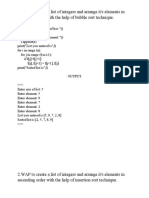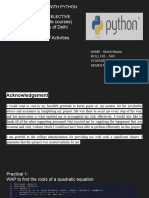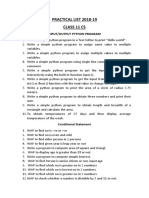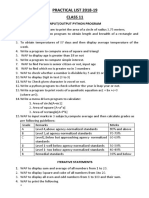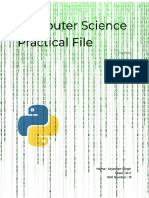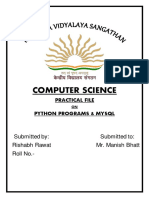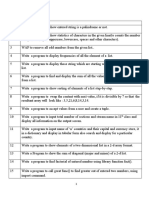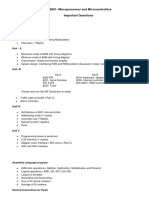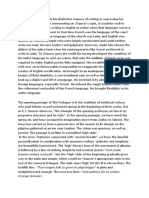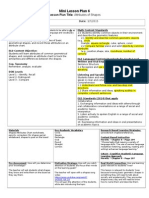0% found this document useful (0 votes)
27 views9 pagesGR 11 Programs To Learn PDF
The document contains a series of Python programming exercises covering fundamentals such as finding maximum values, reversing numbers, calculating BMI, checking for palindromes, and manipulating strings and lists. It also includes tasks related to tuples and dictionaries, such as counting frequencies, removing duplicates, and finding maximum and minimum values. Each program is presented with code snippets and expected outputs for clarity.
Uploaded by
Aleena BagwanCopyright
© © All Rights Reserved
We take content rights seriously. If you suspect this is your content, claim it here.
Available Formats
Download as PDF, TXT or read online on Scribd
0% found this document useful (0 votes)
27 views9 pagesGR 11 Programs To Learn PDF
The document contains a series of Python programming exercises covering fundamentals such as finding maximum values, reversing numbers, calculating BMI, checking for palindromes, and manipulating strings and lists. It also includes tasks related to tuples and dictionaries, such as counting frequencies, removing duplicates, and finding maximum and minimum values. Each program is presented with code snippets and expected outputs for clarity.
Uploaded by
Aleena BagwanCopyright
© © All Rights Reserved
We take content rights seriously. If you suspect this is your content, claim it here.
Available Formats
Download as PDF, TXT or read online on Scribd
/ 9










